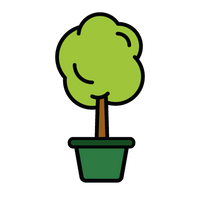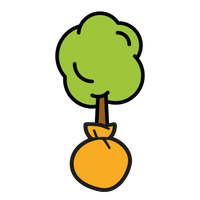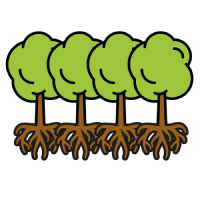When should I plant Hidcote lavender hedging?
The best time to plant Lavender is during the spring season.
How far apart do you plant Hidcote Lavender plants?
If you're wanting a decent, bushy hedge, we recommend planting around 30-35cm apart. Hidcote will reach around 75cm wide, however, so you can plant them a bit further apart if necessary - i.e. 40cm apart.
How to plant Lavender 'Hidcote'
First, be sure to fork over the soil in the planting area and mix in plenty of grit if the soil is quite heavy.
Next, dig a hole that is slightly larger than the plant's root ball, and place the plant into the hole and fill back up, pressing down lightly to secure the Lavender properly.
Make sure you water well at the base of the plant, for the first year after planting. After this, it should look after itself fairly well.










